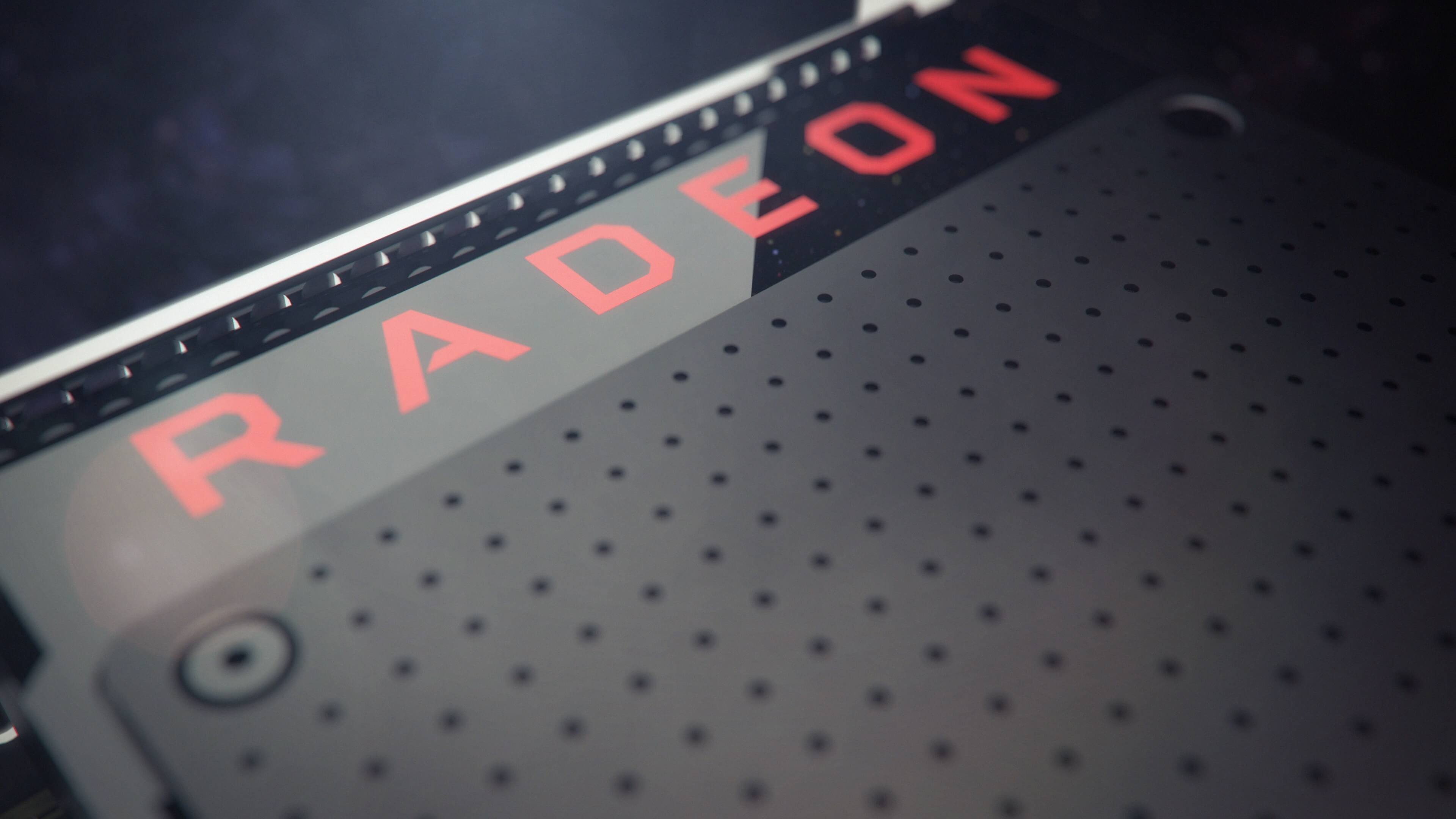Finding the Best FPS per Dollar
AMD looked to create hype when it unveiled the Radeon RX 480 during Computex a few weeks ago. With the base 4GB model set at $200 and promising Crossfire performance equal to that of a single $600 GeForce GTX 1080, there was endless speculation as to how fast the RX 480 would actually be.
Once we learned about the new Radeon's operating frequencies, the boost clock of 1266MHz suggested to me that the RX 480 would perform similarly to the GTX 970, and by extension the R9 390. We now know it does.
The Radeon RX 480 delivers performance that was previously unseen on this price range. If Nvidia's Pascal boards pushed the market to lower prices of former $600 flagships, the Radeon further emphasizes this in the mainstream segment, which AMD hopes to reign.
At $240 for the 8GB model that we tested, the RX 480 is certainly affordable compared to the ~$400 GTX 1070. On average, the RX 480 was 35% slower than the GTX 1070 at 1080p and 1440p. Not bad considering it should cost at least 37% less – once GTX 1070's availability improves.
Compared to the previous mainstream contenders, R9 380 and GTX 960, the new RX 480 looks rather impressive. Those upgrading from an R9 380 can expect over 40% more performance – we saw a 45% gain at 1080p and 1440p. The news gets even better for GTX 960 owners, as the RX 480 was over 60% faster.
But those won't be the RX 480's competitors moving forward.
The market has self-adjusted in anticipation to the new Radeon's arrival, so at launch the RX 480 8GB card will barely undercut the R9 390 and GTX 970, both of which can be had for $260. This makes the RX 480 a lot less groundbreaking, as you are essentially getting the same performance for $20 less, or thereabouts. Keep in mind, of the eight games tested, the Radeon RX 480 and R9 390 provided the same performance on average.
The RX 480 isn't too impressive when looking at power consumption either, running ~50 or so watts less than the R9 390, which is a power hungry graphics card to begin with. The RX 480 consumed the same amount of power as the GTX 1070, while providing considerably less performance. The card doesn't run cool either, hitting over 80 degrees in a short period, though granted the reference cooler is small and likely to be improved upon by board partners. Overclocking headroom is Fury X-like, though I'm not willing to call the RX 480 out on this just yet until we see results from more cards and some with upgraded cooling.
Let's take a look at the $ cost per frame in the table below for a better perspective of where mainstream-priced GPUs stand today...
| Model | Average | List Price | Current Price $ | $ per Frame |
|---|---|---|---|---|
| Radeon R9 380 (4GB) | 38 fps | $200 | $165 | $4.34 |
| Radeon RX 480 (8GB) | 55 fps | $240 | $240 | $4.36 |
| Radeon R9 390 (8GB) | 55 fps | $330 | $260 | $4.70 |
| GeForce GTX 1070 (8GB) | 85 fps | $380 | $400 | $4.70 |
| GeForce GTX 970 (4GB) | 51 fps | $330 | $260 | $5.00 |
| Radeon R9 390X (8GB) | 62 fps | $430 | $310 | $5.00 |
| GeForce GTX 960 (4GB) | 34 fps | $200 | $180 | $5.29 |
| GeForce GTX 980 Ti (6GB) | 76 fps | $650 | $440 | $5.78 |
| GeForce GTX 980 (4GB) | 61 fps | $550 | $360 | $5.90 |
| Radeon R9 Nano (4GB) | 68 fps | $500 | $460 | $6.76 |
Overall the Radeon RX 480 comes in at a really good value and the 4GB card has our attention already if it can remain close to the 8GB version at 1080p and 1440p performance. The 4GB model would have reduced the RX 480's cost per frame to just $3.63, assuming performance remains the same, making it considerably better than anything else available today.
Also notable from the data above is that the GeForce GTX 1070 offers a comparable cost per frame. Of course, these products are in totally different price segments, but it summarizes well what you should probably get if you want the best bang for your buck at $200+ and then at $400.
It's hard not to like what AMD has accomplished here, as it ultimately benefits PC gamers with better performance and lower barriers to entry. We'd have been more impressed if the RX 480 was more efficient or a better overclocker. AMD is pushing the RX 480 for VR gaming, though we tend to think this is the bare minimum you will want to have, so it will be interesting to see how this plays out in the year to come.
score
Pros: Great value for mainstream gaming at 1080p and 1440p. Pushes the market to lower prices across the board.
Cons: Poor overclocking, cooling and power consumption on the reference card.


